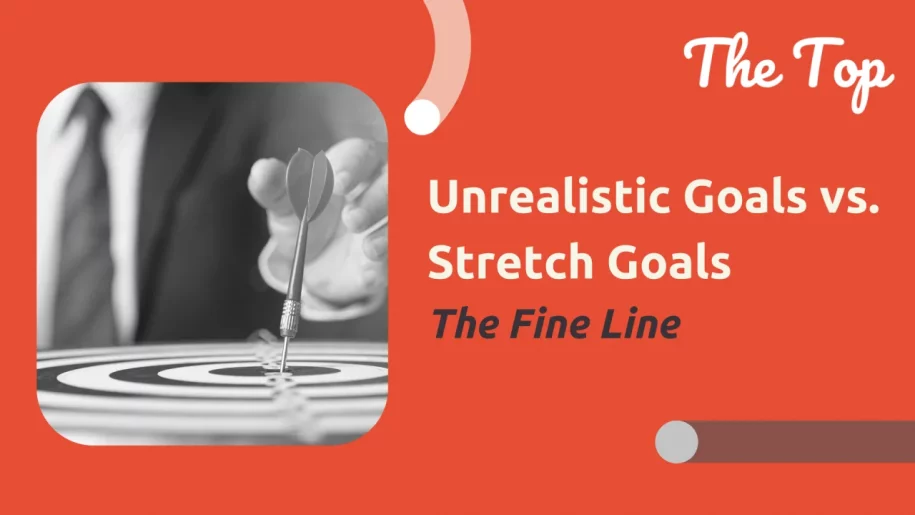Unrealistic Goals vs. Stretch Goals: The Fine Line
An incredible journey starts with a goal. As the new year is slowly ebbing towards the end of its first phase, it sets an excellent opportunity to review your goals and performance. Unfortunately, goal fatigue and low rates of achieving objectives are too common for us, whether in the workplace or in personal goals. In today’s edition of The Top newsletter, we will see what managers can do to stay ahead of their goals for the rest of the year! One of the most common problems in goal-setting lies in the nature of the goals themselves. Achieving a goal takes many things. For instance, you need resources to get the job done, a healthy environment to free your mind, and supportive team members to pull you out of traps when trouble strikes. But before all of these, are your goals designed to be achievable?



